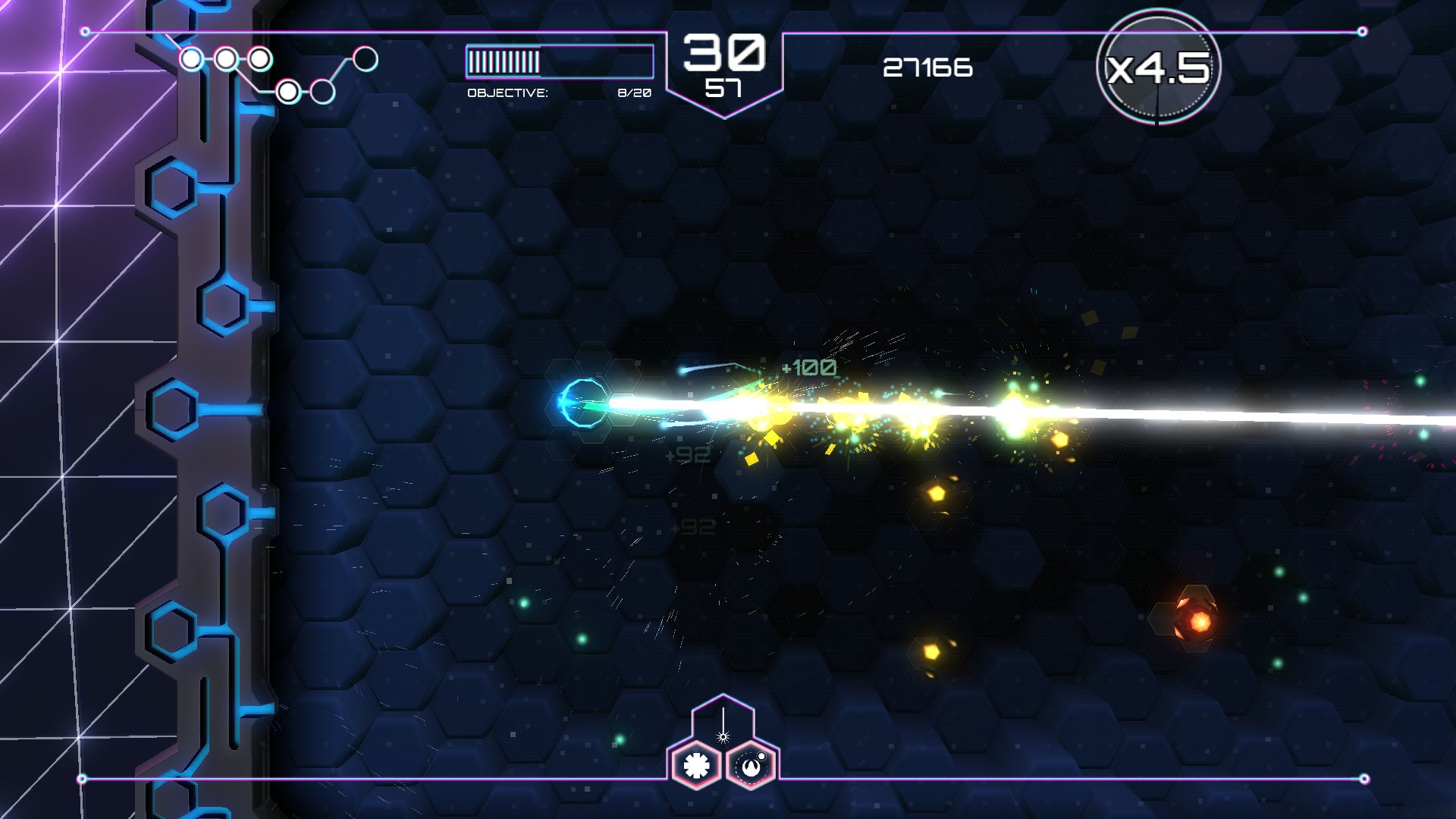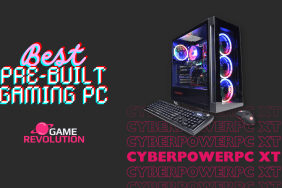Geometry Flaws.
You’d be hard pressed to find anyone who could begin describing Tachyon Project without immediately referencing Geometry Wars, considering the wealth of similarities the two arcade shooters share. That’s no crime, of course; Geometry Wars was a very good game, so there’s no harm in another studio taking that ball and attempting to run with it. But the hurdle faced by developer Eclipse Games is putting its own meaningful spin on a concept that doesn’t leave much room for improvement, and it’s unfortunately one that the game’s creators weren’t able to overcome.
Tachyon Project, previously available on Xbox One but now newly released on PS4, is a twin-stick shmup that takes place entirely within a singular, rectangular level. Taking control of a sentient hacking program (helpfully adopting the guise of a small spacecraft) named Ada, you’re tasked with shooting down waves upon waves of enemies, obtaining high scores and scaling both global and friends-only leaderboards. Throughout the duration of the game you’ll be able to complete objectives that allow you to unlock new weaponry and buffs for Ada, ranging from secondary attacks that enable you to plant mines or freeze time, to health boosts and increased firepower for your primary weapon.
Its cyberpunk art style is, again, heavily influenced if not more-or-less interchangeable with the style of Geometry Wars, as are its array of enemy types, many of which follow identical attack patterns. You’ve got enemies that home in on you, snake-like enemies that slither around the environment, enemies that actively avoid your bullets, and even wormholes which can consume you with their gravitational pull. The game does introduce a few of its own bad guys shapes, with there being an enemy type that can detonate, one that launches a barrage of spikes and another that charges itself up before launching into you, but this is really the bare minimum of what you’d expect from a game attempting to differentiate itself from its peers.
Tachyon Project’s story mode is its most unique inclusion, conveying its plot through a series of illustrated storyboards. There’s no voiceover work, and it’s not exactly the most gripping of narratives—understandable, considering that its protagonist is a piece of software—but it does at least provide something fresh on top of the game’s familiar template.
However, with it clocking in at just ten short stages, the mode is over before it gets the chance to really kick into gear, and it also doesn’t benefit from its objectives revolving around either destroying a set amount of waves or surviving for a certain length of time. Geometry Wars 3: Dimensions featured a similar stage-based adventure mode, though managed to significantly shake things up between levels by virtue of it taking place across a selection of different arenas, whereas Tachyon Project’s sole, four-cornered map doesn’t allow for much variety.
The actual act of shooting enemies is satisfying enough, and the various weapons you obtain throughout the game each have their own strengths and weaknesses that force you to alter your strategies. Some will spray bullets but deal out relatively small amounts of damage, while others will have a more direct trajectory but will be able to swat enemies away like flies. However, the necessity of the game’s primary weapons is somewhat negated by the power of the secondary weapons, which prove to be vastly overpowered.
Tachyon Project doesn’t give you a set amount of lives with which to complete each level, instead employing a timer that, when it has reached zero, hits you with a game over screen. You can add seconds onto this timer by killing enemies, but when an enemy hits you its number drops. The two secondary weapons you can equip take a few seconds away from this timer after every use, but it still adds on the seconds you’ve earned from each enemy you kill; considering that some of them can wipe out nearly an entire screen of enemies in one fell swoop, it’s rarely a bad idea to make use of them. These secondary weapons have a swift recharge rate too, meaning you spam them for a far lengthier period of time than should be permissible. This questionable design choice has an irreparably negative impact upon Tachyon Project’s story mode, with its 10 stages being swiftly surmountable by way of firing your secondary weapon over and over again.
On top of this addition to the Geometry Wars formula, Eclipse Games also implements poorly realized stealth gameplay, in which players are encouraged to stick to the shadows and only appear on enemies’ radars when firing. This style of gameplay simply doesn’t mesh well with a twin-stick shooter, and in the game’s levels that tried to incorporate this feature, I found it much easier to ignore the suggestions that I should skulk around the edges of its rectangular arena like a sneaky li’l piece of software in favor of continuing to blow everything up.
These flaws are representative of where Eclipse Games went wrong with Tachyon Project—mostly every new twist they’ve made to the Geometry Wars formula they have aped is poorly executed. Considering you can buy Geometry Wars 3: Dimensions Evolved on PS4 and that the stellar alternative Super Stardust Ultra is also available on the platform, there’s no real reason to opt to play this inferior take on the twin-stick shmup genre if you’re already acquainted with its more successful predecessors. While it’s passable in terms of quality, it’s wholly derivative of its source of inspiration, and the attempts made by Eclipse Games to carve out its own identity mostly fall flat.
-
Geometry Wars but not as good
-
Out of place stealth gameplay
-
Secondary weapons are overpowered
-
Story mode is a nice little touch…
-
...but there are only 10 stages
-
Gameplay is responsive and satisfactory
-
Nice variety of weapons
tachyon-project
-
tachyon-project #1
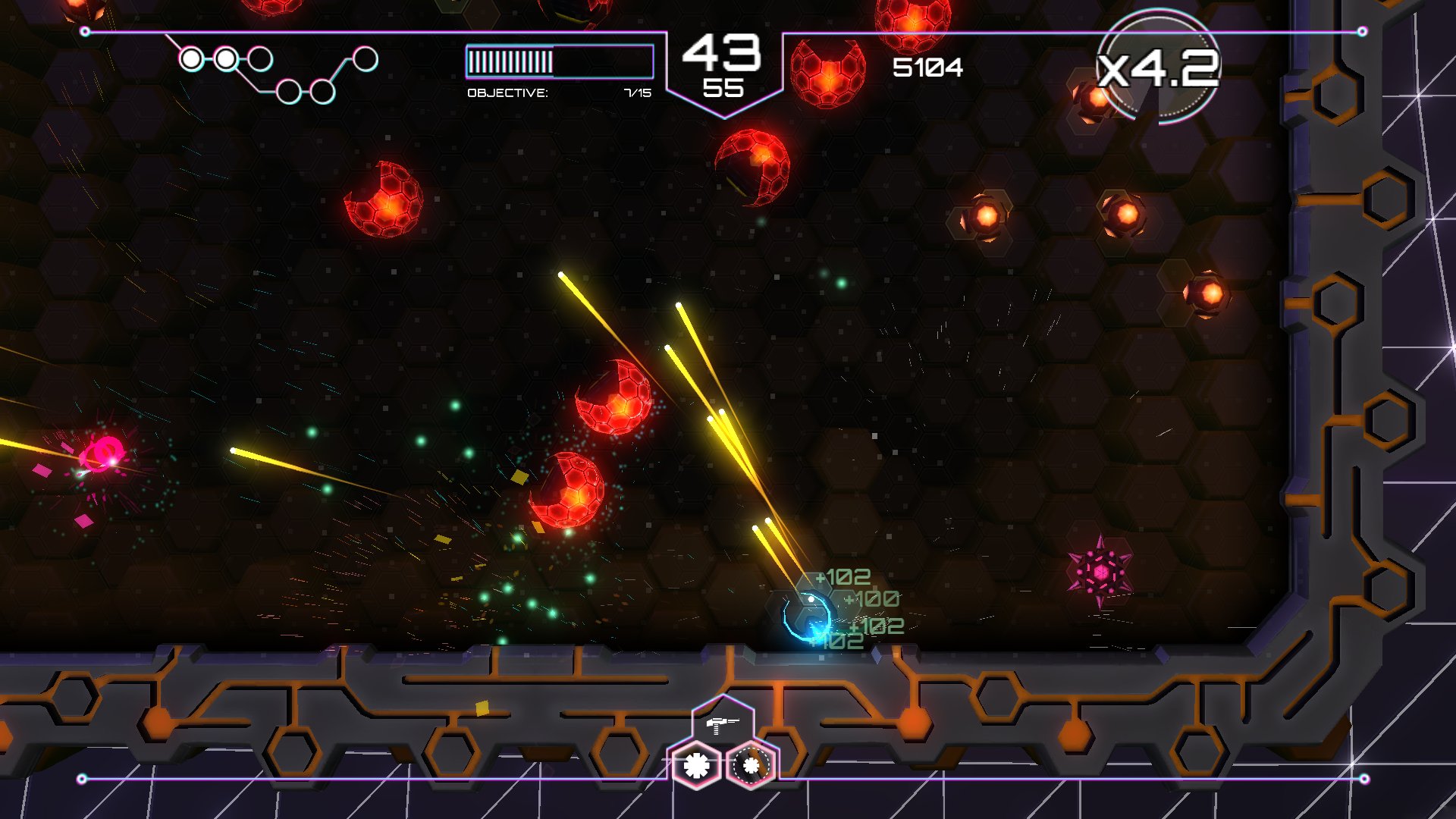
-
tachyon-project #2
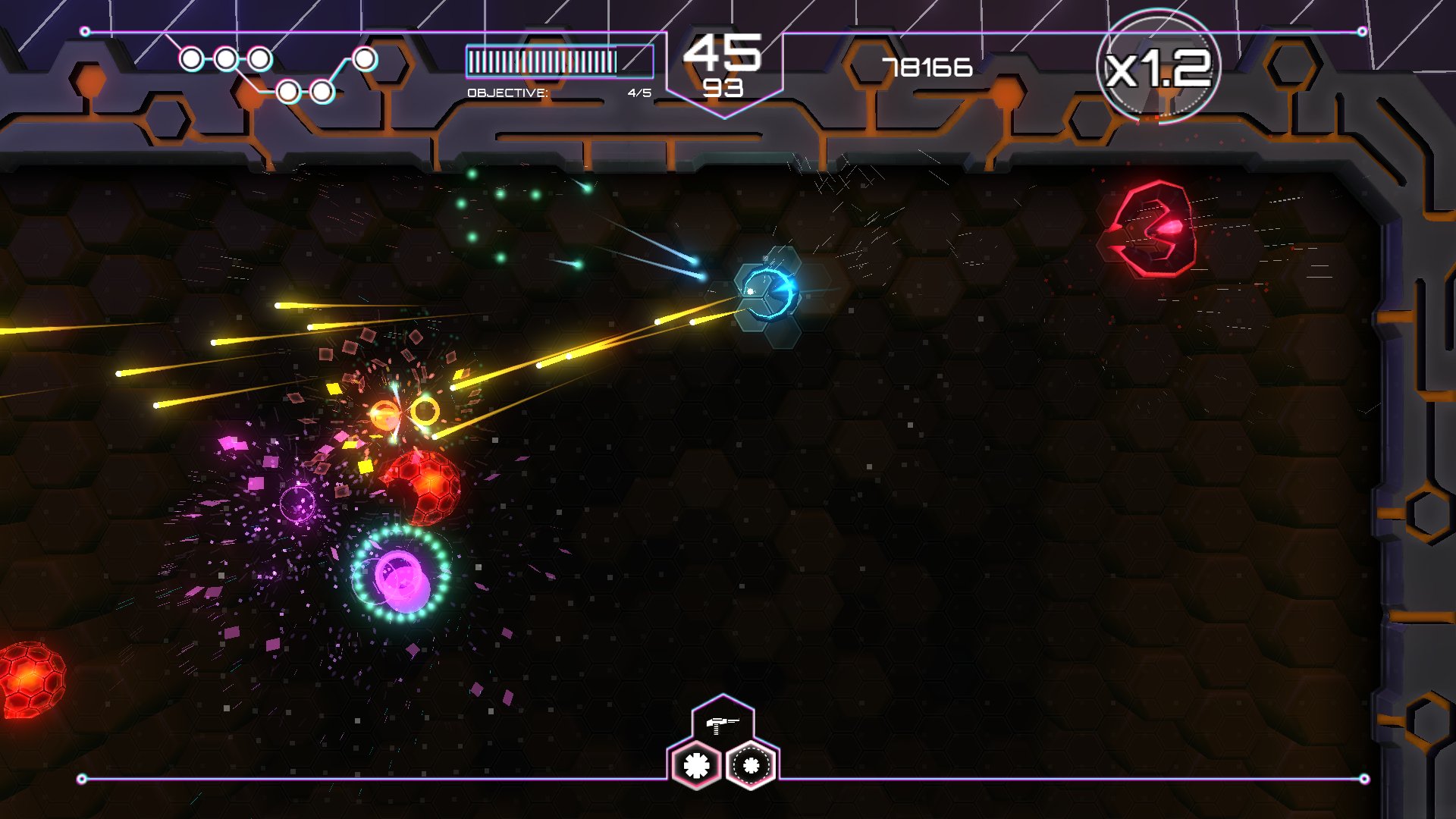
-
tachyon-project #3
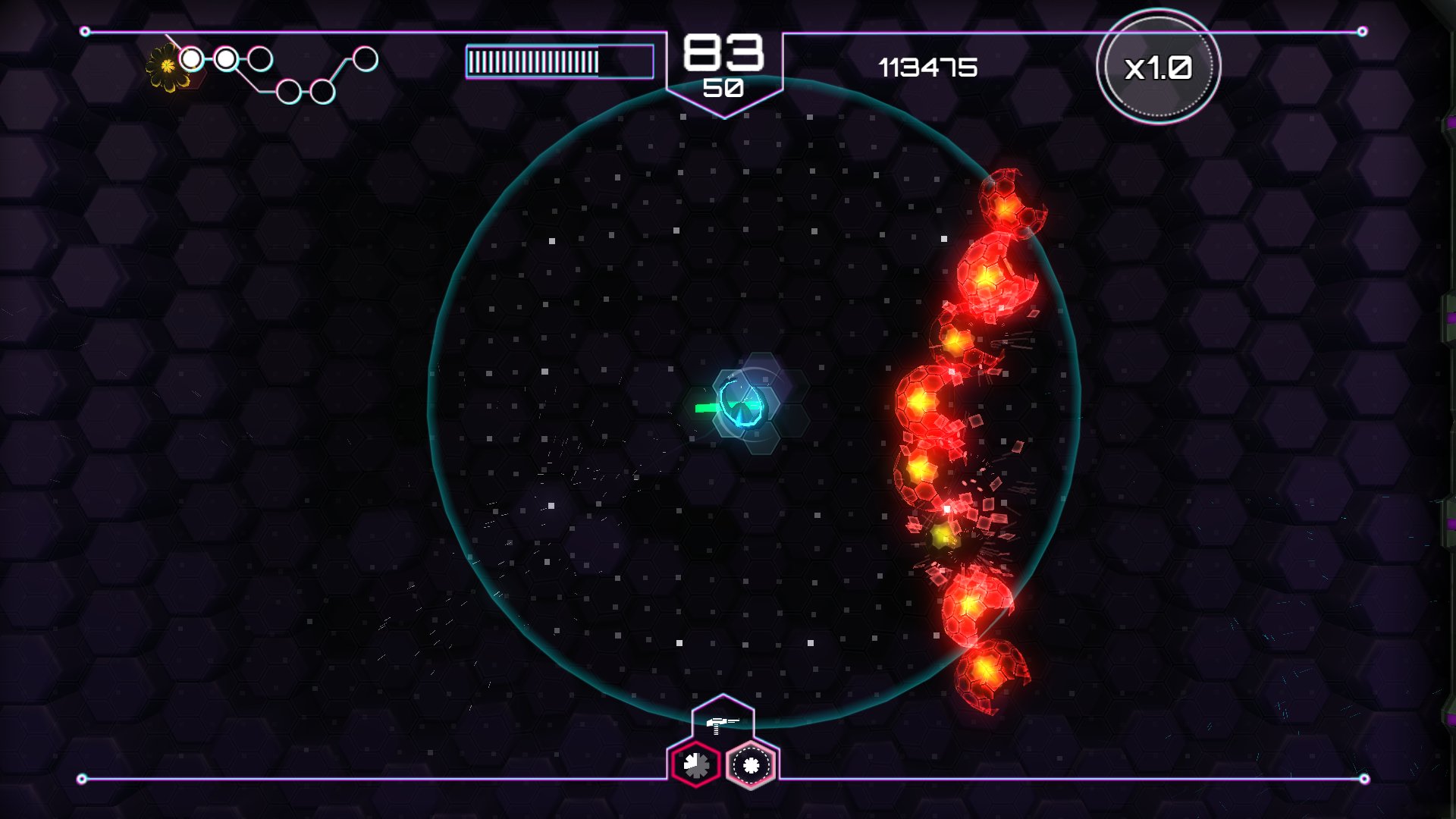
-
tachyon-project #4
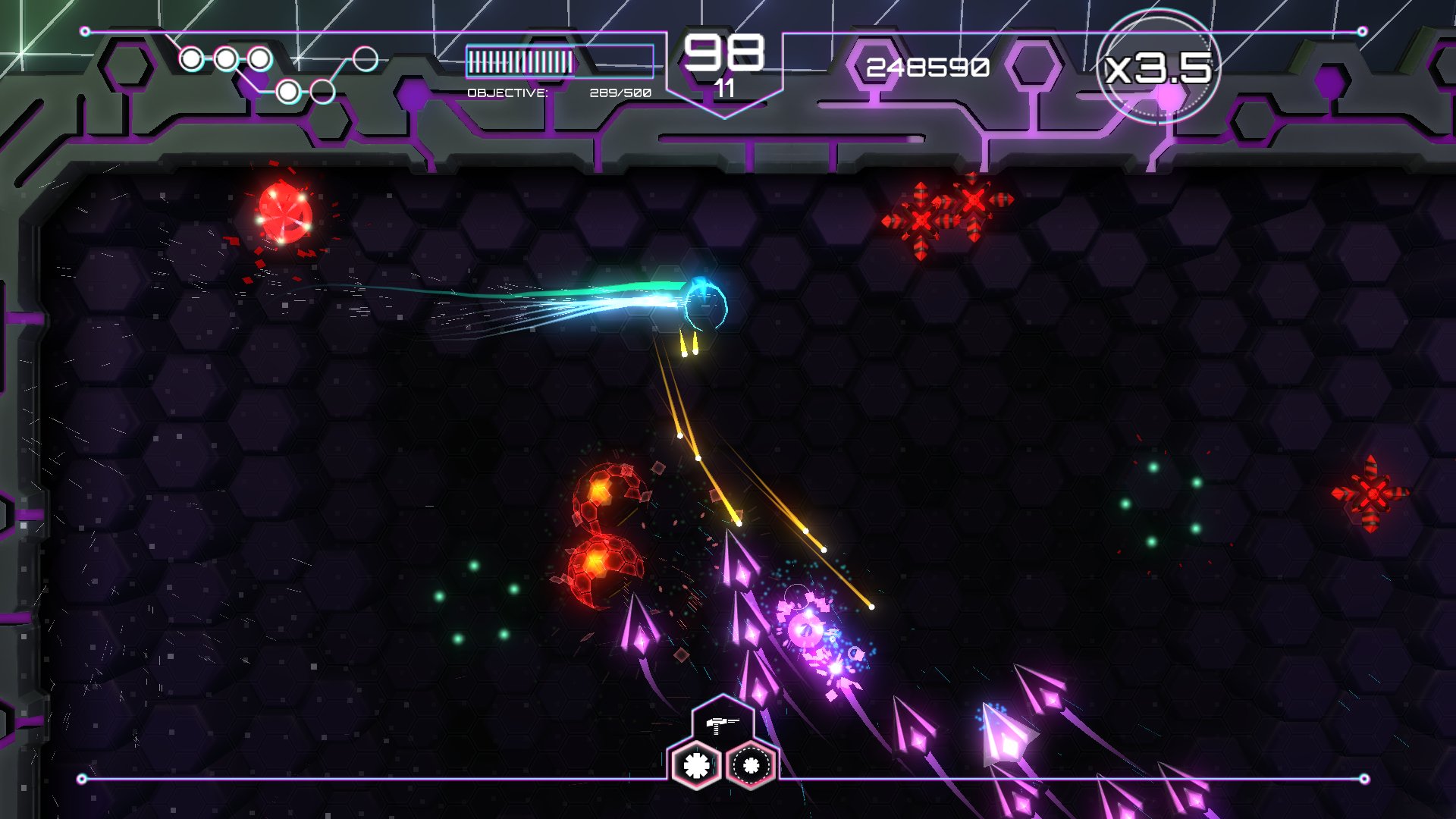
-
tachyon-project #5
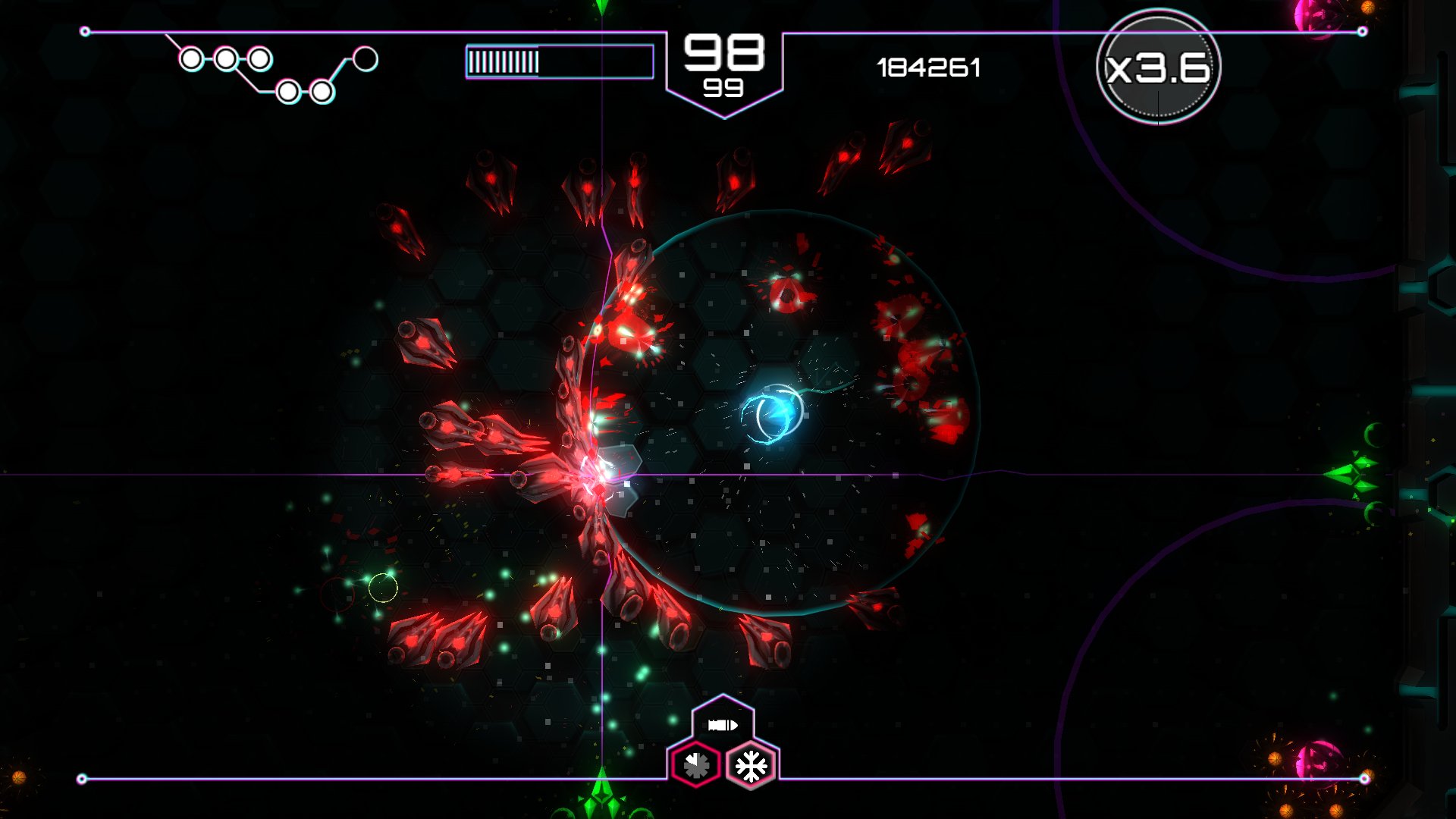
-
tachyon-project #6
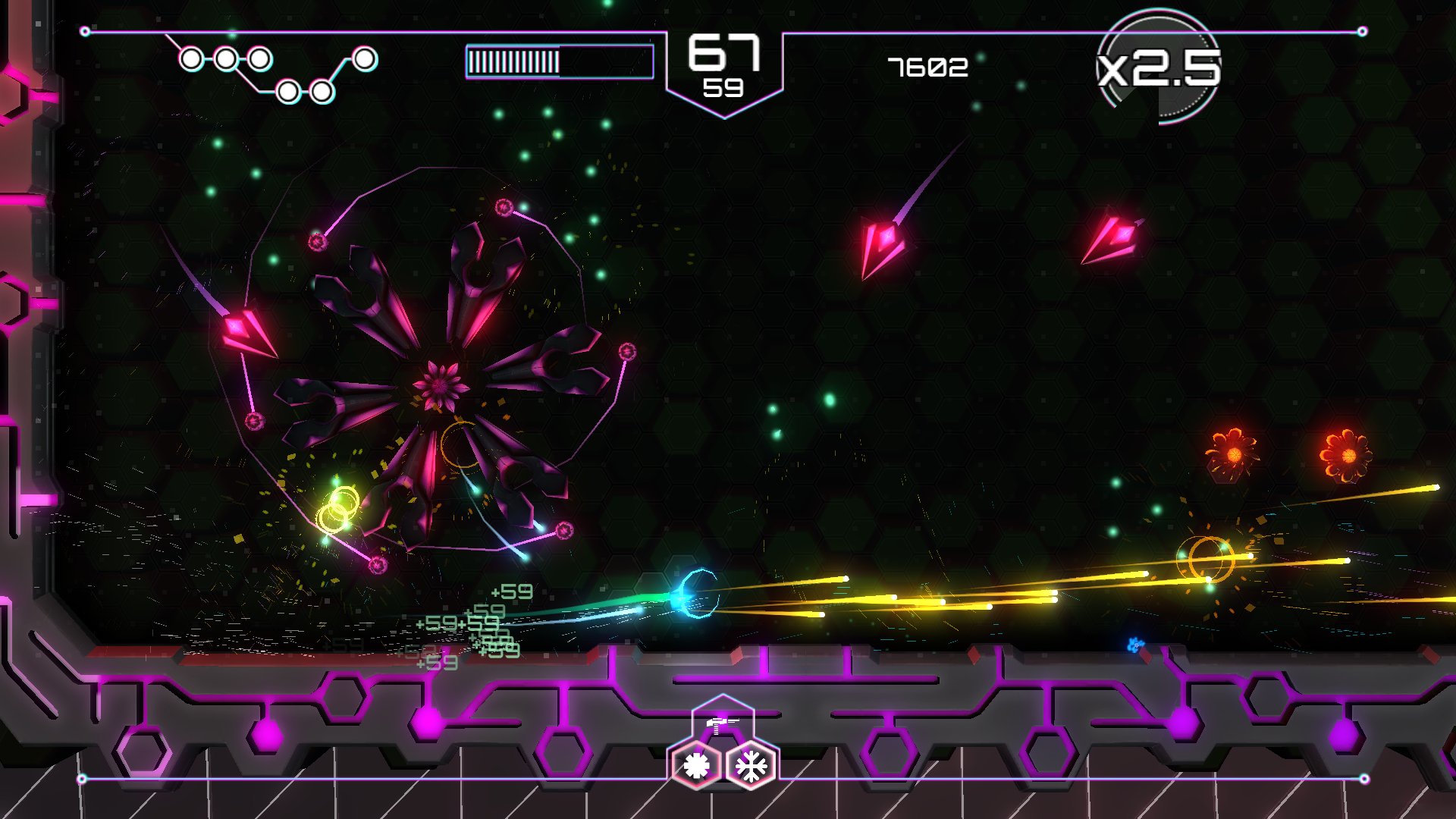
-
tachyon-project #7
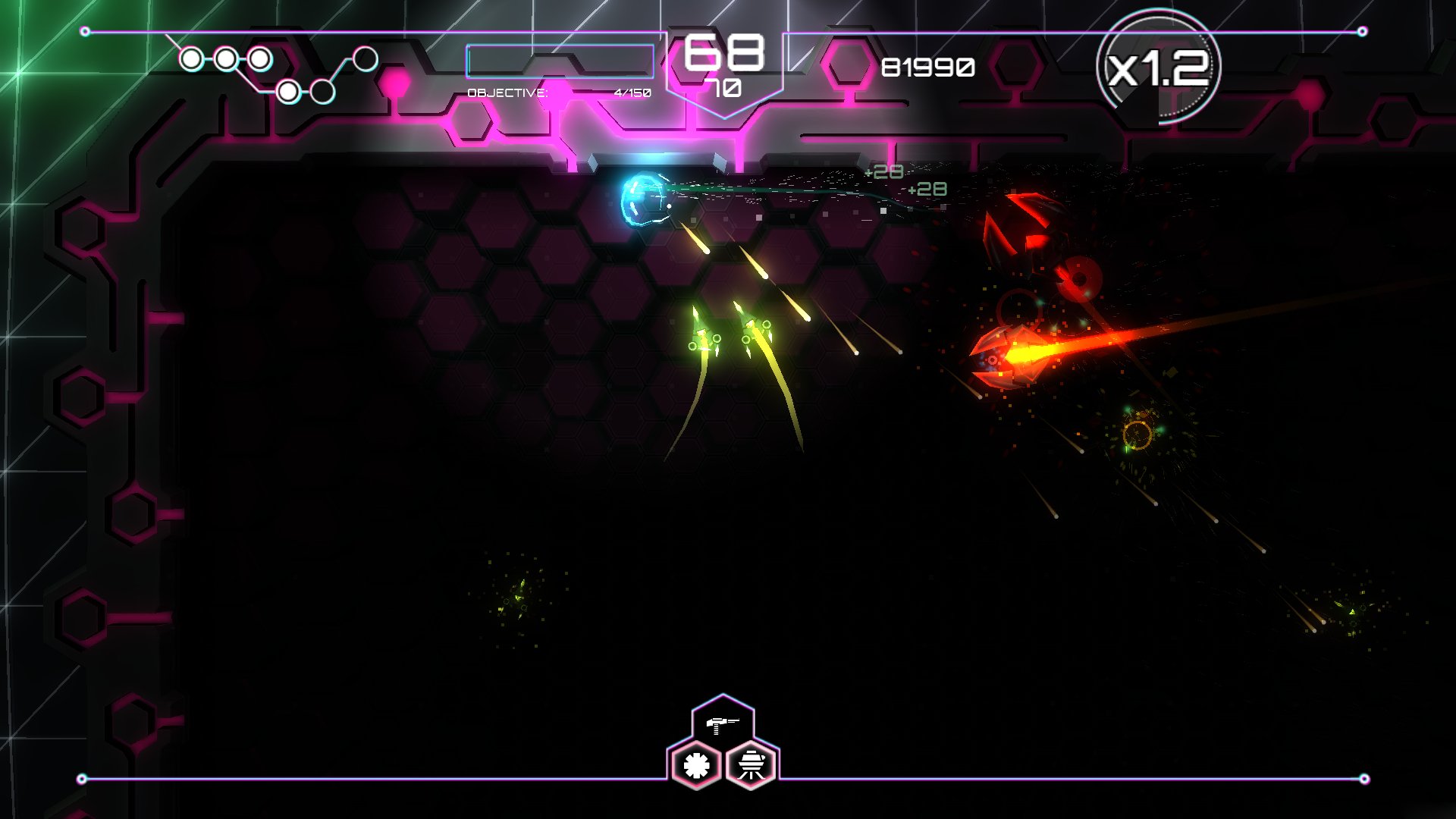
-
tachyon-project #8
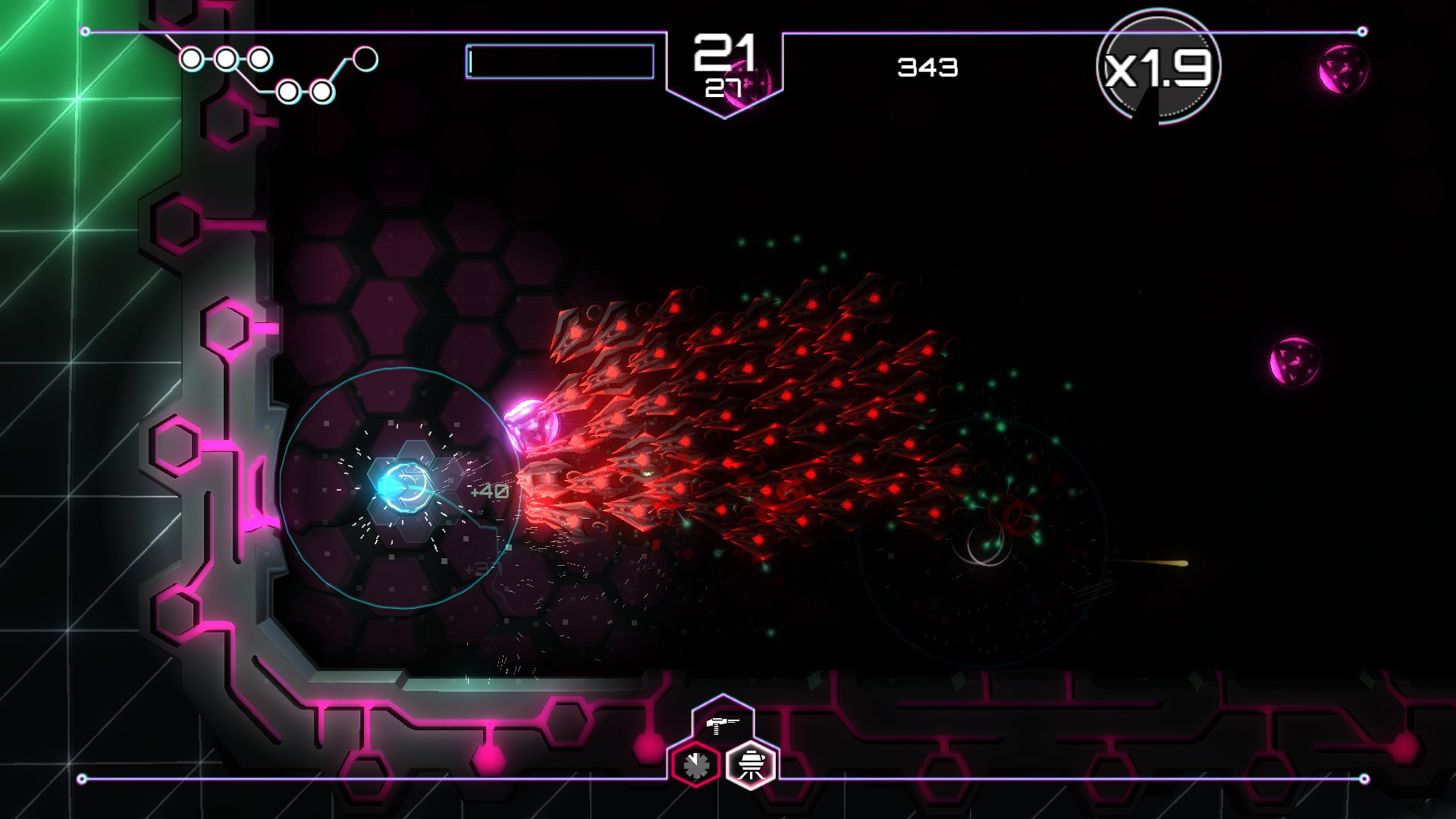
-
tachyon-project #9
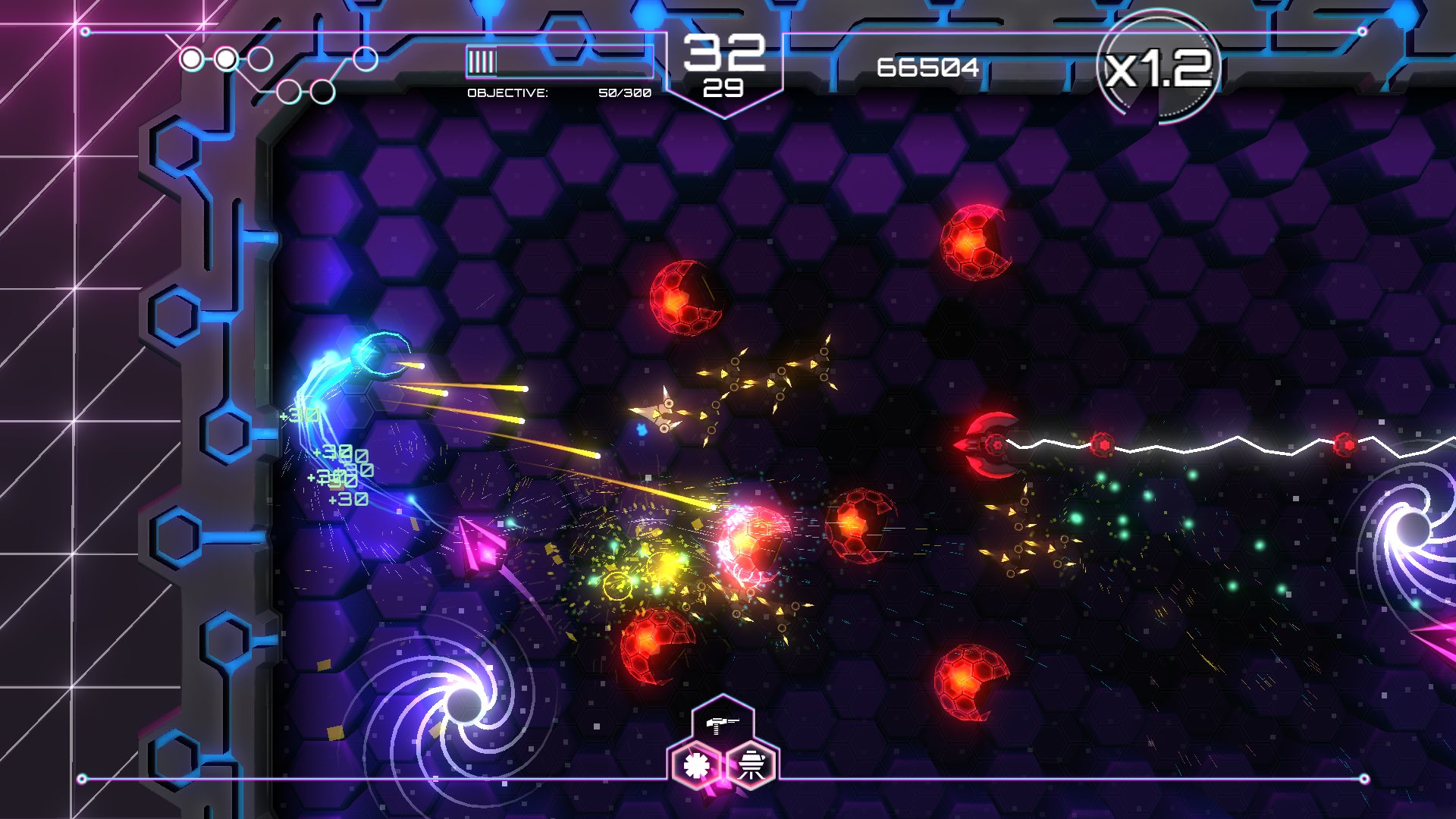
-
tachyon-project #10
